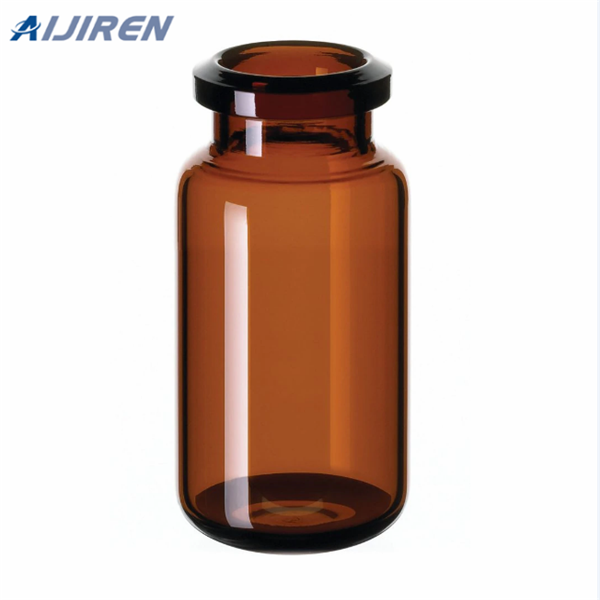
possible, use amber glass 250-mL bottles fitted with Teflon-lined caps. Foil may be substituted for Teflon if the sample is not corrosive. Samples must be preserved by acidification to pH <2 with sulfuric acid, stored at 4EC, and protected against loss of volatiles by eliminating headspace in the container. Samples should be analyzed within 28
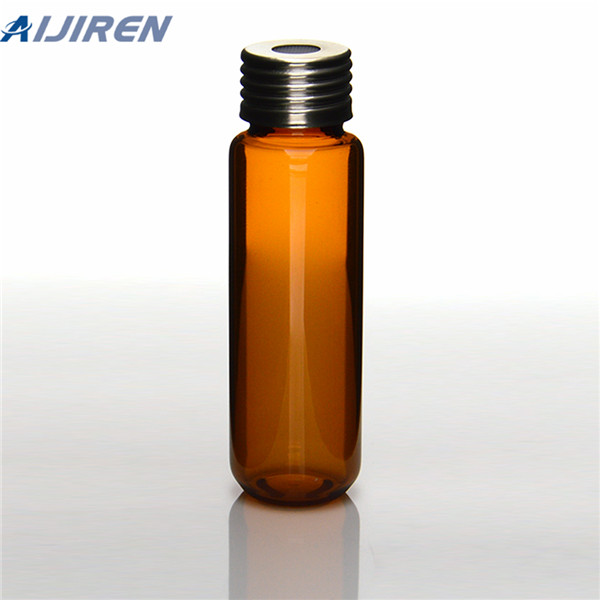
Contents. Lab consumables. 9. Vessels. 9. Tools. 28. Heating. 31. Tubing. 32. General laboratory aids. 36. Occupational safety/Security. 42. Eye protection. 42
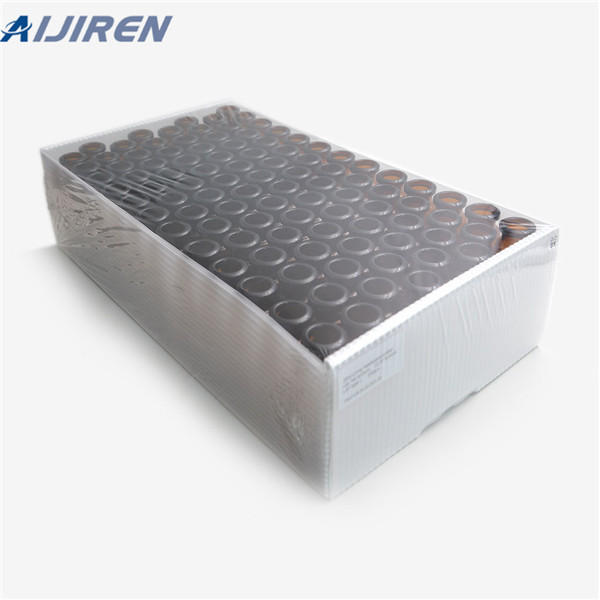
51-expansion glass. All Waters Clear Glass vials are made from of 33-expansion glass. The alkali content is low and 33-expansion glass has very low free ion content. Figure 1. Transmission curves for Amber Glass and Clear Glass vials. Amber Vials are made from 51-expansion glass which has a different chemical composition and higher free ion
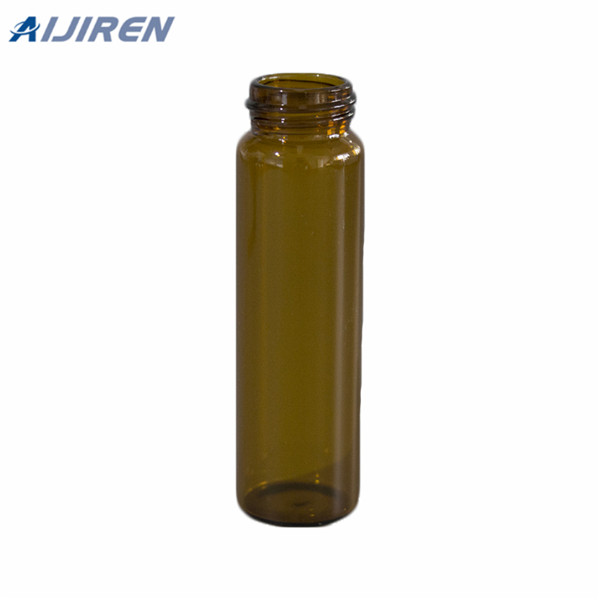
Headspace-free samples are collected in amber, glass vials with polytetrafluoroethylene (PTFE)-faced septa. Samples are dechlorinated with ascorbic acid and the pH is adjusted with maleic acid. A 5.0-milliliter (mL) aliquot of the sample is transferred to a glass sparging vessel along with
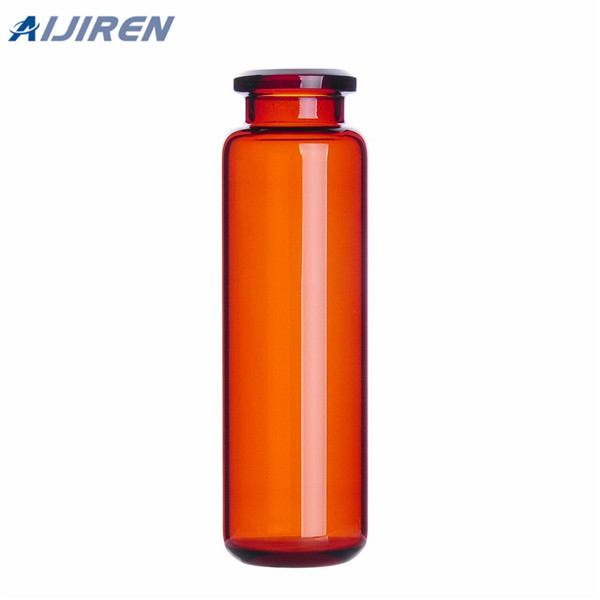
glass vials (previously treated with chromic mixture and precombuste d for 4h at 480°C). Before the analysis, samples wer e acidified (pH <2) with 6N HCl soluti on and purged for 8 min using high
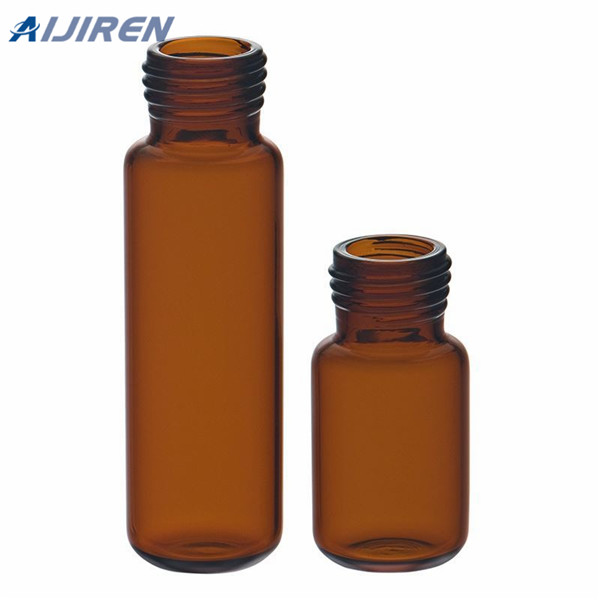
100 X Membrane Solutions Autosampler Vials 2ml HPLC Vials 9-425 Vial Amber Glass Bottles with Write-on Spot and Graduations and 9mm Blue ABS Screw Caps & Pre-Slit Septa 4.8 out of 5 stars 31 $20.59 $ 20 . 59 ($2.06/10 Items)
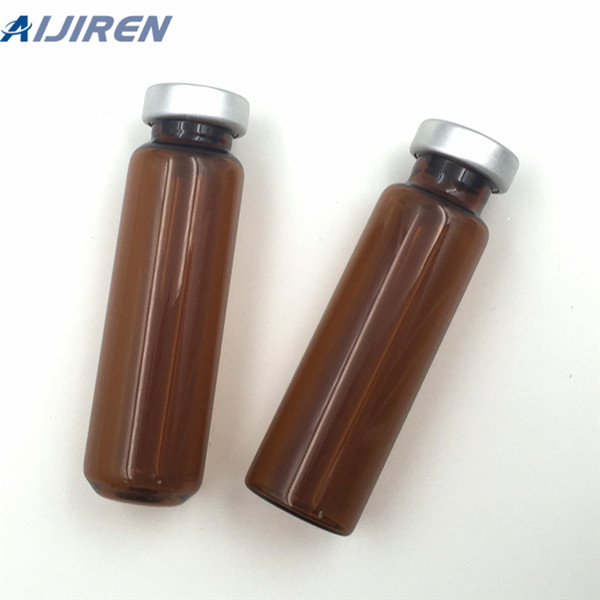
24508 also available 24510 24691 Crimpers & Decappers 24511 24512 See page 371.Inserts for 2.0 mL, 8 mm Screw-Thread Vials(Vials shown on page 360.)Description Volume Material 100-pk. 1,000-pk. —Insert w/Polypropylene Bottom Spring 100 µL Glass 24508 21775 —Insert, Flat Bottom 250 µL GlassInsert, Flat Bottom w/ID Ring 250 µL Glass
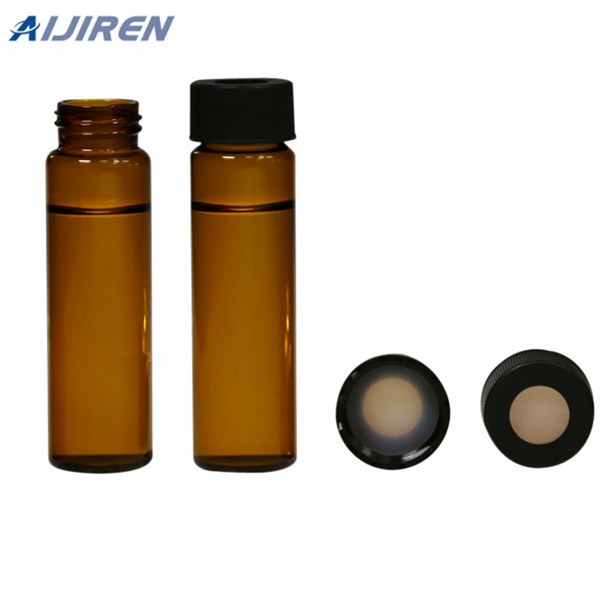
Amber Glass Screw Cap Vials offer protection from harmful light and UV rays for light sensitive products. These general purpose screw thread vials are made of Type I Borosilicate glass, providing exceptional resistance to heat shock and chemical leaching.
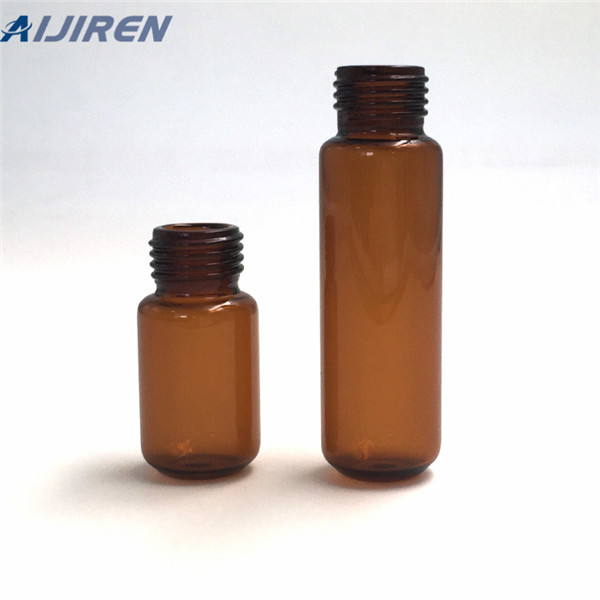
10 mL Headspace Crimp Top Glass Vials. Clear Amber 20 mL Headspace Crimp Top Glass Vials. Clear Amber. . Currently using a different manufacturer's vials and closures for your instrument? See the Cross Reference List on pages 63-68 to switch to CrossLab. Headspace crimp top glass vials, . To obtain an optimal fit and
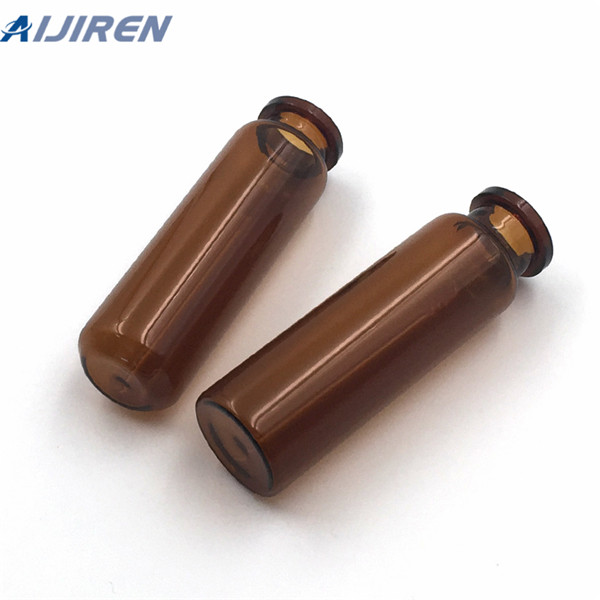
Minimizes instrument downtime due to unfiltered samples Mini-UniPrep G2 Syringeless Filter with inner glass storage vial Consists of an integral borosilicate glass autosampler vial, plunger with attached filter membrane, and septum/cap Glass construction minimizes the risk of leachables contaminating the sample
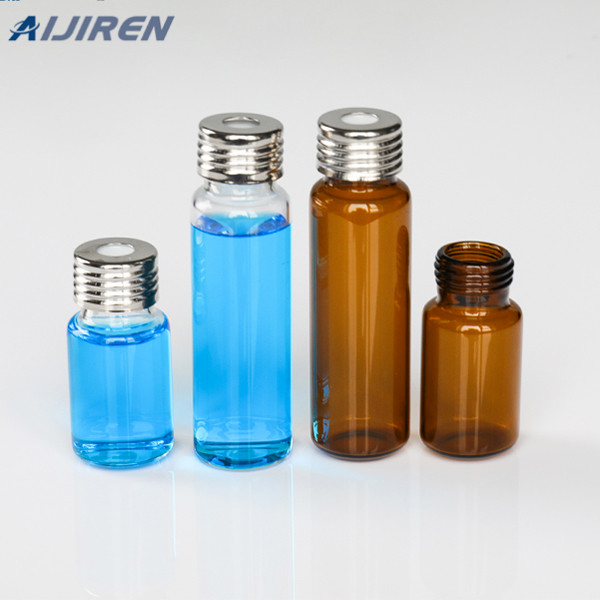
Interlock limited volume vials offer the performance and convenience of a one-piece microvial for a fraction of the cost. A 300 µL insert is fused into a 12 x 32 mm clear or amber glass vial. This one-piece design reduces the potential for contamination.
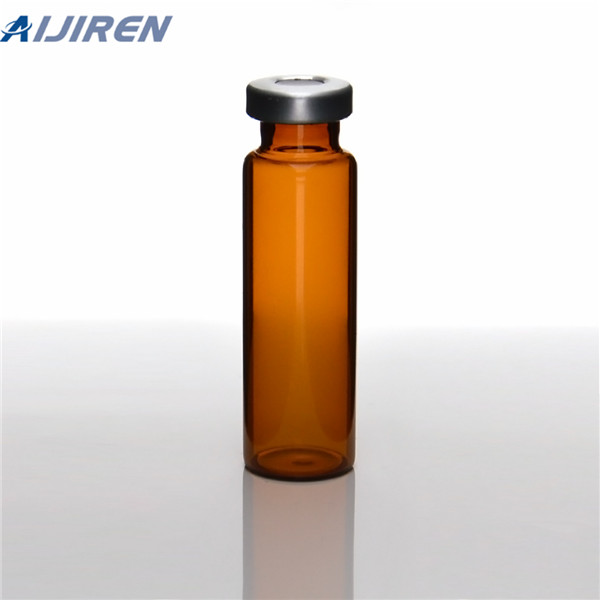
6.3 Disposable autosampler vials. 6.4 Disposable plastic centrifuge tubes – 15- and 50-mL. 6.5 Disposable plastic micro-beakers. 6.6 Sample bottles – polyethylene or glass of sufficient volume to allow replicate analyses. 6.7 Disposable 0.45-µm or 0.2-µm, surfactant-free, PTFE-membrane syringe filters.
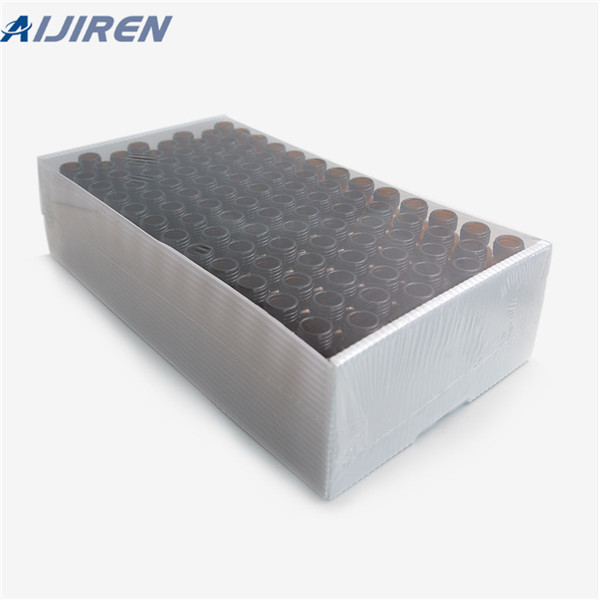
20 filters (discarding the first 5-10 mL of sample) into amber glass 40 mL vials with minimal 21 headspace and chilled. Samples for DIC were sealed with caps with black butyl rubber septa, 22 and samples in NPOC vials were sealed with Teflon-faced silicone septa. Analyses of 23 concentrations and isotopic composition (δ
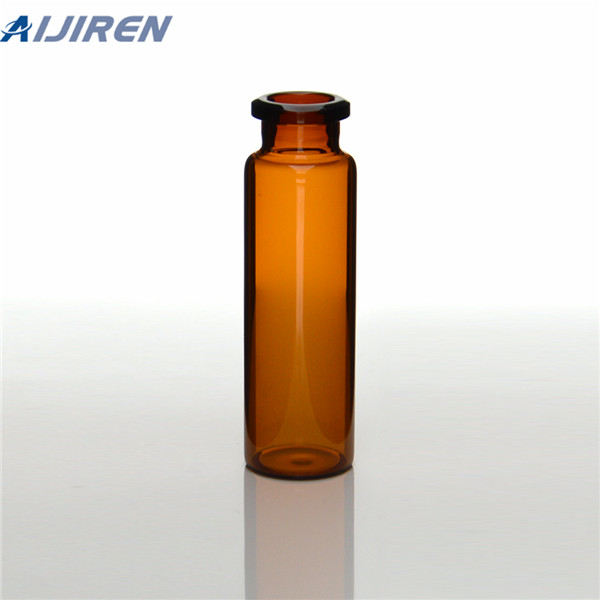
Wide-opening 2 ml, 12 x 32 mm vial Superior 33 expansion borosilicate glass Meets extremely tight tolerances I-D vial with write-on patch measures 0.5, 1.0 and 1.5 ml 1230W33 Convenience Kit contains 100 Target Snap-It Clear Vials with Clear Seals with Red PTFE/White Silicone Septa.
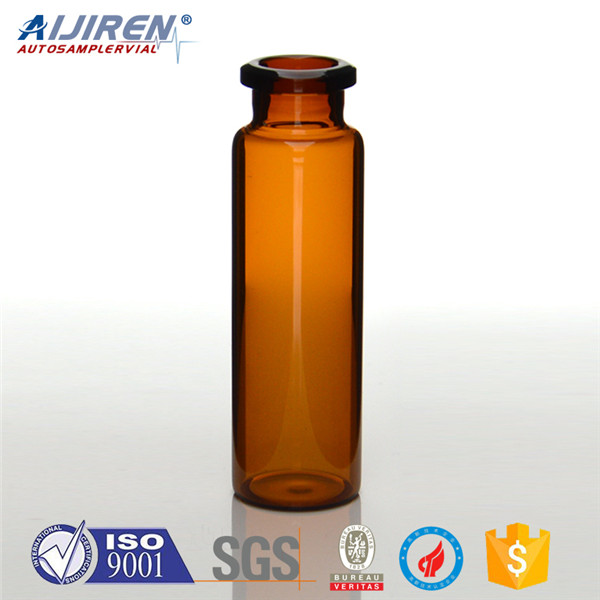
ALS GC/MS analysis Five microliters of drug suspension were extracted with 5.0 mL of DCM by sonication for 5–8 hours in a 12-mL amber vial and allowed to sit for 24 hours. The organic layer was transferred to a glass insert inside an autosampler vial for analysis. Ten microliters of extract was injected using the MMI operated in solvent vent